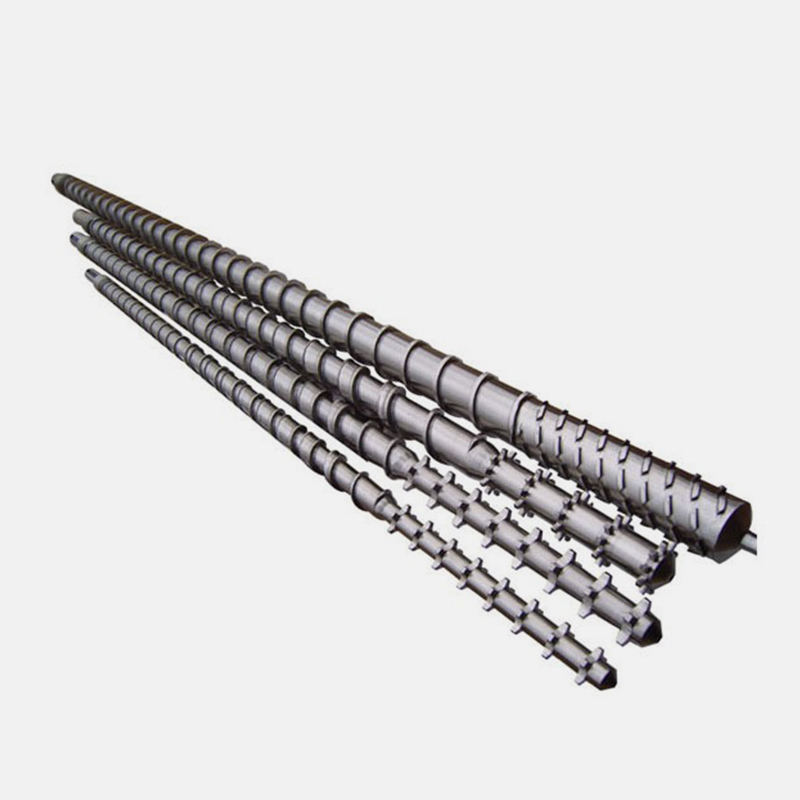Operating an
extruder screw barrel can pose several safety hazards if proper precautions are not taken. Here are some safety considerations that should be taken into account when operating an extruder screw barrel:
1.Pinch points: Extruder screw barrels have several moving parts, including the screw and barrel, which can cause pinch points. Operators should keep their hands and other body parts away from these moving parts to prevent injury.
2.Burns: The extruder screw barrel can reach very high temperatures during operation, which can cause burns. Operators should wear appropriate personal protective equipment, such as heat-resistant gloves, to prevent burns.
3.Electrical hazards: Extruder screw barrels are powered by electricity, which can pose electrical hazards. Operators should ensure that all electrical components are properly grounded and that they are using appropriate protective gear when working with electrical components.
4.Noise: Extruder screw barrels can produce high levels of noise during operation, which can cause hearing damage. Operators should wear appropriate hearing protection to prevent hearing damage.
5.Chemical hazards: Some materials processed in the extruder screw barrel can produce hazardous fumes or dust. Operators should wear appropriate respiratory protection and ensure that the work area is properly ventilated to prevent exposure to these hazards.
6.Lockout/tagout: Before performing any maintenance or repair work on an extruder screw barrel, operators should follow proper lockout/tagout procedures to prevent accidental start-up of the equipment.
7.Training: Operators should receive proper training on the safe operation of the extruder screw barrel, including the hazards associated with the equipment and how to properly use protective equipment.
By following these safety considerations and guidelines, operators can help prevent accidents and injuries associated with operating an extruder screw barrel.
Extruder screw barrel for blowing film extruder machine
Material: 38 CrMoAlA(JIS SACM645); 42 CrMo(JIS SCM440)
Depth of nitrogen layer: 0.6~0.8mm
Nitrided Brittleness: above 1 stage
Surface Roughness: Ra0.4 um
Screw straightness: 0.015mm
Hardess of surface chromium-plating after Nitriding: HV≥950HV
Chromium plating Depth: 0.025-0.085mm
Alloy Depth: 2.5mm-4mm
Products Are Processed By The Following Steps:
Hot Treatment
Nitriding Treatment
Electroplating Hard-chrome layer
Hi-frequency Quenching
Spray Coating Bimetallic Layer Of Corrosion And Abrasion Resistant
Vacuum Quenching

 English
English 简体中文
简体中文 España
España عربى
عربى








